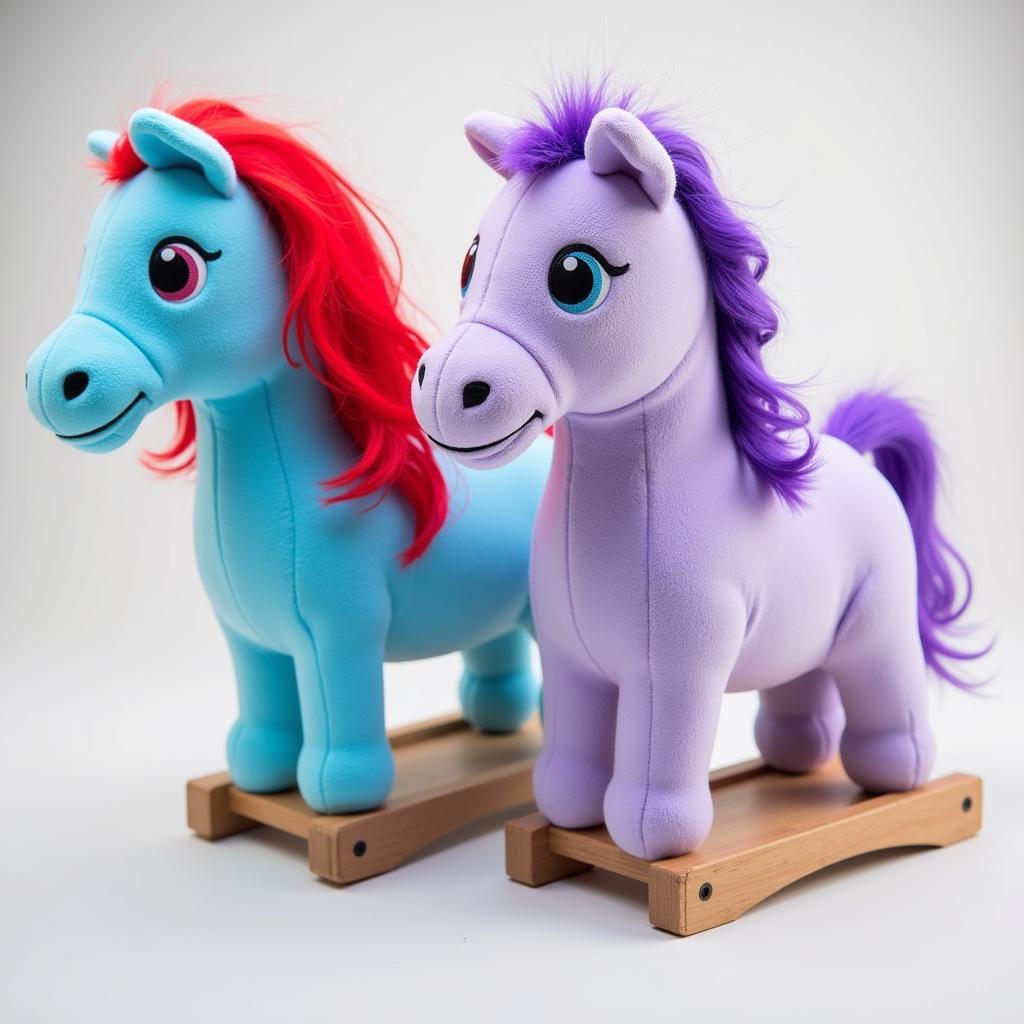Choosing the perfect color combination for your hobby horse can be an exciting yet daunting task. With countless possibilities, it’s easy to feel overwhelmed. That’s where the Hobby Horse Color Wheel comes in handy! This essential tool will empower you to create stunning and harmonious designs that truly reflect your unique style.
Understanding the Basics: Primary, Secondary, and Tertiary Colors
Just like a painter’s palette, the hobby horse color wheel starts with the primary colors: red, yellow, and blue. These bold hues form the foundation of every other color you’ll encounter. By mixing any two primaries, you create secondary colors: orange, green, and violet. For instance, combining red and yellow results in a vibrant orange. Finally, mixing a primary color with an adjacent secondary color yields a tertiary color, such as red-violet or blue-green, expanding your creative possibilities even further.
Creating Harmony: Complementary and Analogous Color Schemes
Once you’re familiar with the basic color categories, it’s time to explore different color schemes to achieve a cohesive and visually appealing look for your hobby horse.
Complementary colors sit opposite each other on the color wheel, like blue and orange or red and green. Using these pairings creates a bold contrast that makes your design pop! Imagine a fiery red mane against a cool, serene blue body—the contrast is striking and memorable.
Analogous colors, on the other hand, reside next to each other on the color wheel, such as blue, blue-green, and green. This scheme evokes a sense of harmony and unity, perfect for achieving a more subtle and sophisticated aesthetic. Picture a hobby horse with a gentle gradient, transitioning smoothly from a soft lavender to a deeper purple—a study in elegant simplicity.
 Complementary and Analogous Color Schemes on Hobby Horses
Complementary and Analogous Color Schemes on Hobby Horses
Beyond the Basics: Exploring Hues, Saturation, and Values
While understanding color schemes is crucial, mastering the nuances of hue, saturation, and value allows you to fine-tune your hobby horse’s appearance and achieve truly unique results.
Hue simply refers to the pure form of a color, like a vibrant red or a deep blue. Think of it as the color’s name.
Saturation indicates the intensity or purity of a color. A highly saturated color appears vivid and bright, while a less saturated color appears muted or faded. For example, a fire-engine red is highly saturated, while a dusty rose is less so.
Value refers to a color’s lightness or darkness. Imagine a scale from pure white to pitch black—that’s the value scale. Lighter values are closer to white, while darker values approach black. Consider a pale yellow versus a rich gold—both are yellow hues, but they differ significantly in value.
“When selecting colors for a hobby horse, it’s essential to consider the intended use and the rider’s personal preferences,” advises Sarah Williams, a seasoned hobby horse designer and instructor. “A competition horse might benefit from bold, high-contrast colors that stand out, while a horse intended for everyday play could feature softer, more calming hues.”
Experiment and Have Fun: Unleashing Your Inner Artist
The beauty of the hobby horse color wheel lies in its versatility and the freedom it provides for creative expression. Don’t be afraid to experiment with different combinations, explore unexpected pairings, and break the rules! Let your imagination run wild as you bring your dream hobby horse to life.
Remember, the most important aspect of designing your hobby horse is to have fun and create something that brings you joy!
FAQs about Hobby Horse Color Wheels
Q: Can I use more than two colors in my hobby horse design?
A: Absolutely! While two-color schemes offer a classic look, you can incorporate multiple colors effectively. Consider using a triadic color scheme, selecting three colors equally spaced on the wheel, or create a rainbow effect for a playful touch.
Q: Where can I find inspiration for hobby horse color combinations?
A: Look to nature! Observe the colors of real horses, explore vibrant flower gardens, or draw inspiration from your favorite animals and landscapes. You can also browse online galleries and social media groups dedicated to hobby horses for endless ideas.
Q: What if I’m not confident in my color-matching abilities?
A: Don’t worry! Plenty of online resources and apps can help you create harmonious color palettes. You can also seek advice from experienced hobby horse makers or artists.
Need Help with Your Hobby Horse Creation?
For personalized guidance and expert advice on crafting your dream hobby horse, contact Justus Horses USA today! Our team of passionate equestrians and skilled artisans is here to support you every step of the way. Call us at 0772127271, email us at [email protected], or visit our workshop at QGM2+WX2, Vị Trung, Vị Thuỷ, Hậu Giang, Việt Nam. Let’s create something extraordinary together!